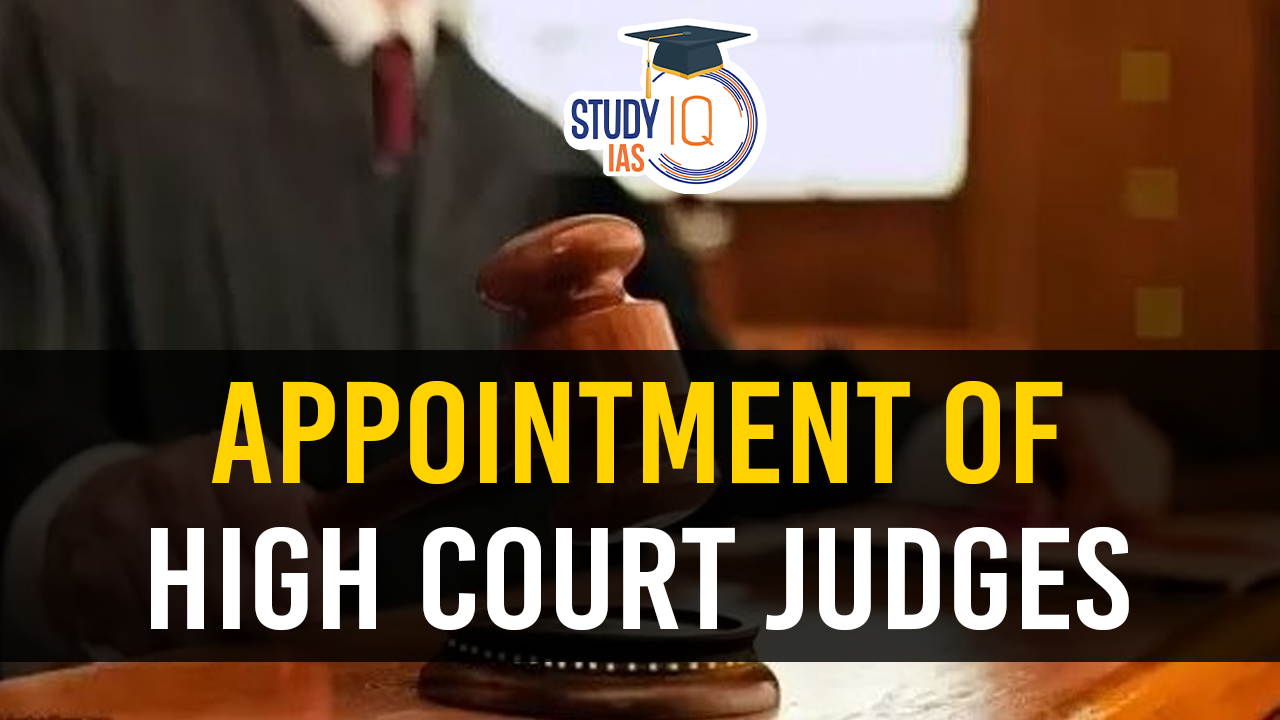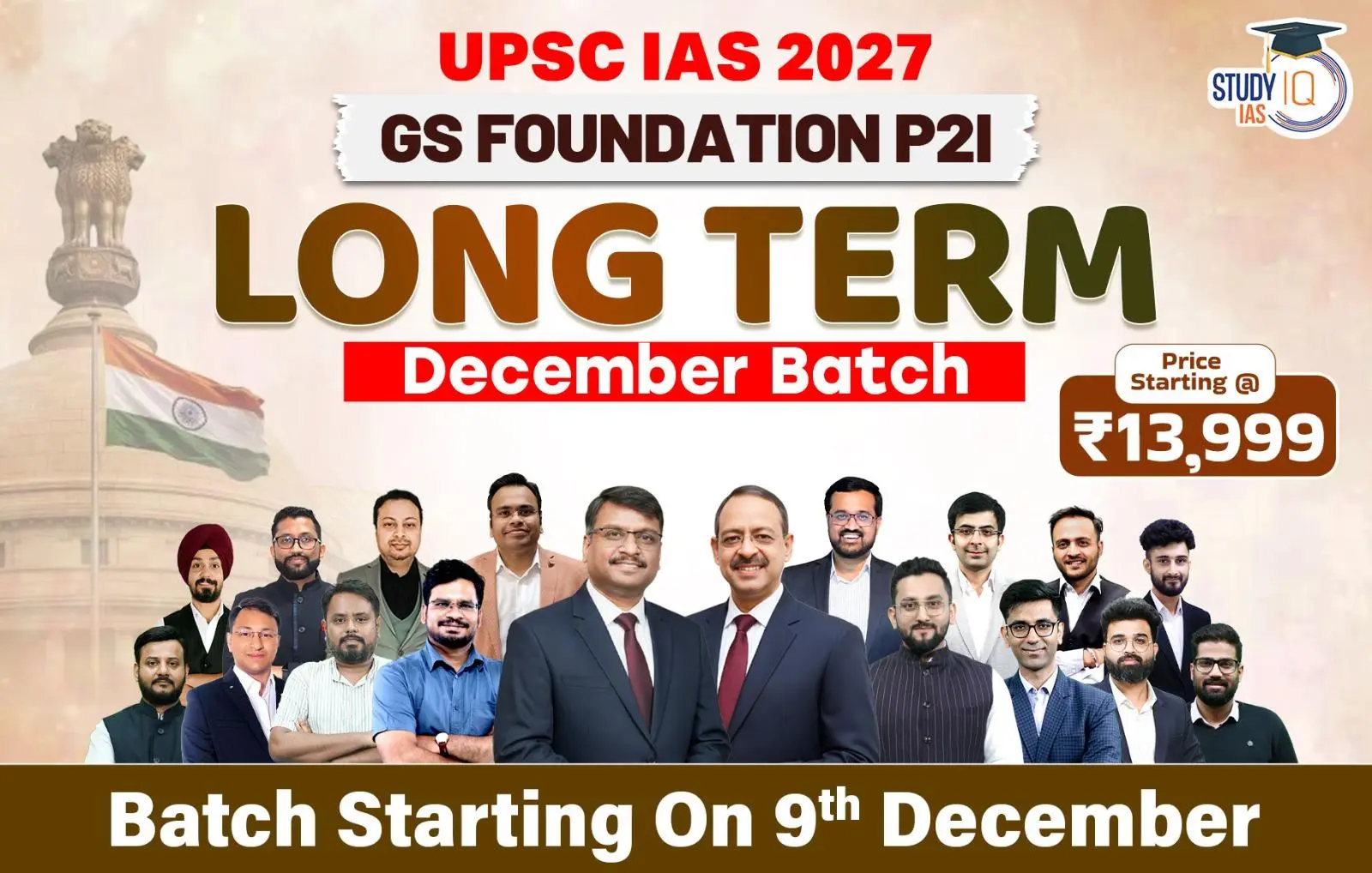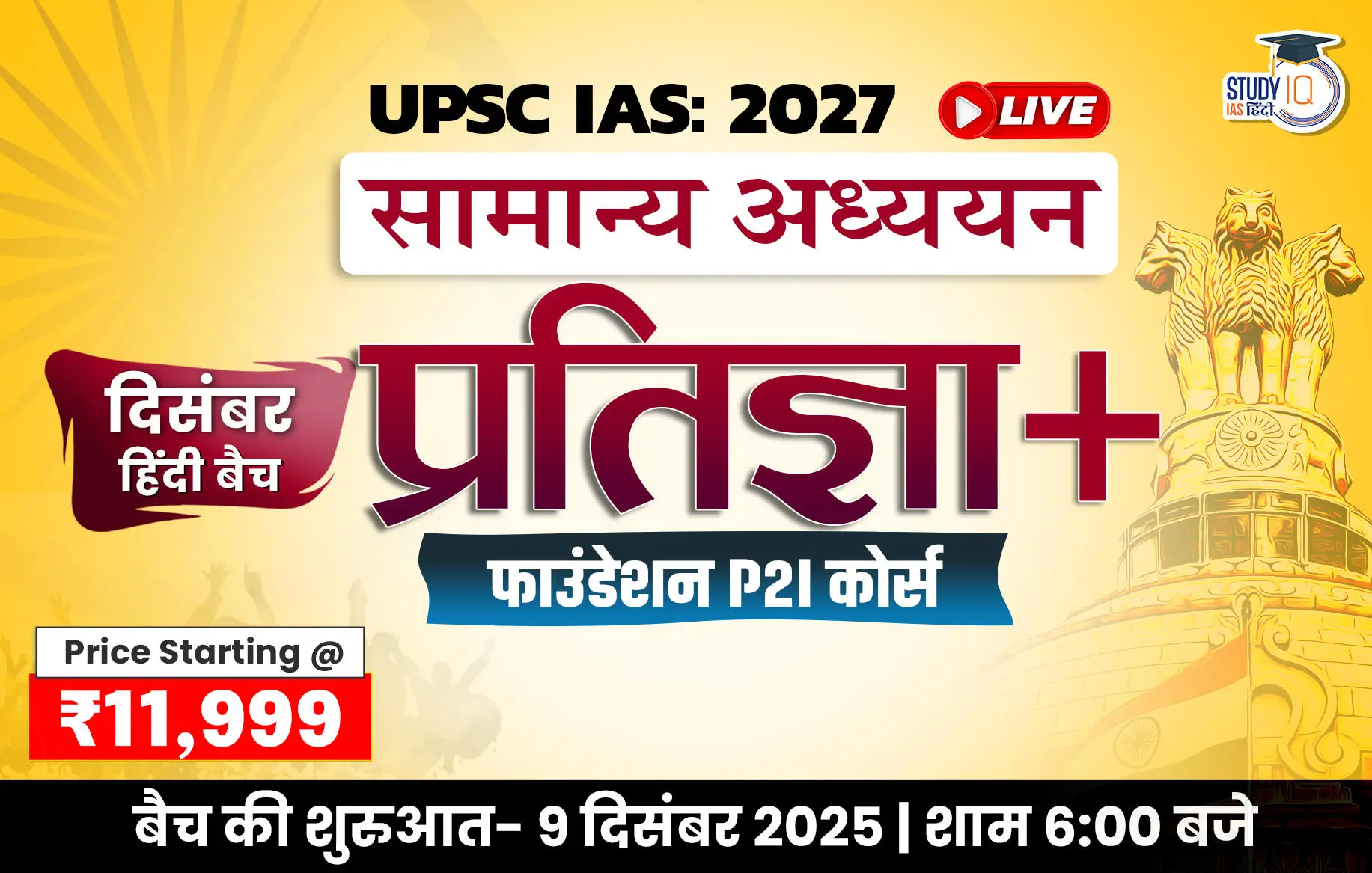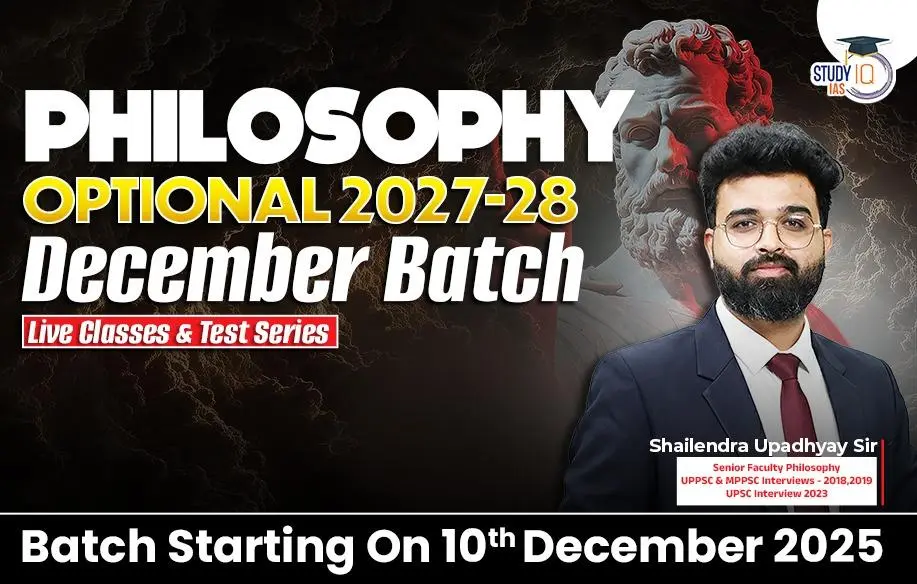Table of Contents
Context: The SC Collegium recommended a new Chief Justice for 5 High Courts: Madhya Pradesh, Karnataka, Gauhati, Patna, and Jharkhand.
Appointment of High Court Judges
- Article 217: Every Judge of a High Court shall be appointed by the President by warrant under his hand and seal.
- This is done after consultation with the Chief Justice of India (CJI), the Governor of the State and the Chief Justice of the High Court.
- Qualifications: (Article-217)
- Citizens of India
- He/she should have held a Judicial office for at least 10 years.
- They should have for at least 10 years been an advocate of a High Court.
| Constitutional Provisions |
|
Appointment Process of High Court Chief Justice
- Recommendation by Collegium: The Supreme Court Collegium (headed by the CJI and comprising 4 senior-most SC judges) recommends names for the Chief Justice of a High Court.
- Seniority, merit, and regional representation are key considerations.
- Central Government’s Role: The Union Ministry of Law forwards the Collegium’s recommendation to the Prime Minister.
- The PM advises the President on formal appointments.
- The government can seek clarification cannot reject the Collegium’s recommendation indefinitely.
- Oath & Tenure: The appointed CJ takes oath under Article 219.
- Retires at 62 years(Article 217(1)).
| Fact |
|
Procedure of Appointment of HC Judges
- Initiation: The proposals of names for appointment as a judge in the High Court are initiated by the Chief Justice of the concerned High Court.
- High Court Collegium:
- The Chief Justice of the High Court consults the two senior-most judges of the High Court before proposing such names.
- Scrutiny by Government:
- Recommendations of the HC Collegium are sent to the Governor, Chief Minister and the CJI.
- The Governor, based on the advice of the Chief Minister, sends the proposal to the Minister of Law and Justice at the Centre.
- The Union Law Ministry conducts a background check and sends the recommendation to the CJI to consider it with the rest of the SC collegium.
Supreme Court Collegium
- Composition of collegium: It consists of the CJI and two senior-most judges of the Supreme Court.
- Decision of collegium: The Supreme Court collegium then considers such names recommended by the High Court collegium.
- SC collegium has the power to reject the names recommended by the High Court collegium.
- Decision of the Union government:
- After due deliberations on such names, the Union Cabinet advises the President to appoint such persons as judges in the High Court.
Key Points
- Collegium System: Evolved from the Three Judges Cases(1981, 1993, 1998), it is a judicial precedent, not mentioned in the Constitution.
- Difference from CJI Appointment: CJI is appointed solely by seniority, while HC CJs are appointed based on Collegium recommendations.
- Controversies: Lack of transparency, delays in appointments, and government-judiciary tussles.
| Did You Know? |
|
Elevation From High Court to Supreme Court Judge
Despite Justice B.V. Nagarathna’s dissent, Justice Pancholi was sworn in as a Supreme Court judge on 29 August 2025.
Process of Elevation of a Judge in India
- High Court to Supreme Court Elevation: Governed by Article 124(2) of the Constitution.
- The Supreme Court Collegium, headed by the Chief Justice of India (CJI) and four senior-most judges, recommends names for appointment.
- Collegium Process:
- The Collegium considers:
- Merit and judicial performance (quality of judgments, integrity).
- Seniority of judges across High Courts.
- Regional representation (ensuring all states/HCs get a fair share).
- Diversity factors – gender, caste, community, marginalised groups.
- The Collegium consults senior SC judges familiar with the functioning of the concerned High Court.
- The Collegium considers:
- Executive Role: The Central Government (Law Ministry) receives Collegium recommendations and may:
- Accept them, or return them once for reconsideration.
- If the Collegium reiterates the recommendation, the government is bound to appoint.
- Formal Appointment: The President of India, under Article 124, makes the final appointment based on Collegium recommendations.


 SLAPP Suits: Meaning, Examples, Impact o...
SLAPP Suits: Meaning, Examples, Impact o...
 Finance Commission of India, Articles an...
Finance Commission of India, Articles an...
 High Number of Pending Cases in Supreme ...
High Number of Pending Cases in Supreme ...

























